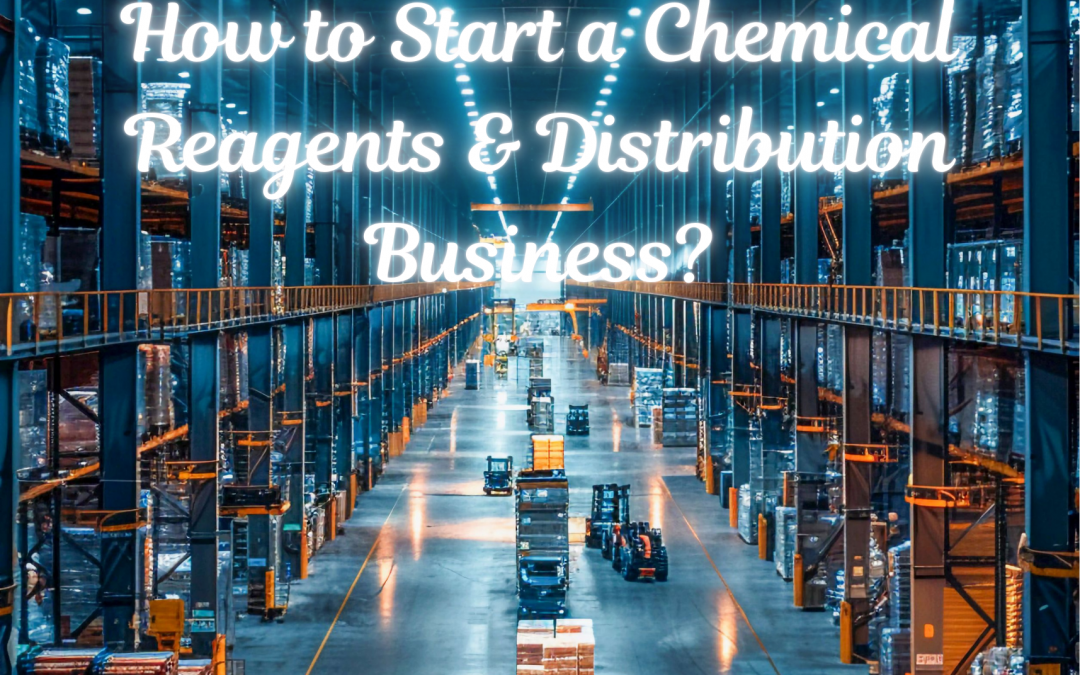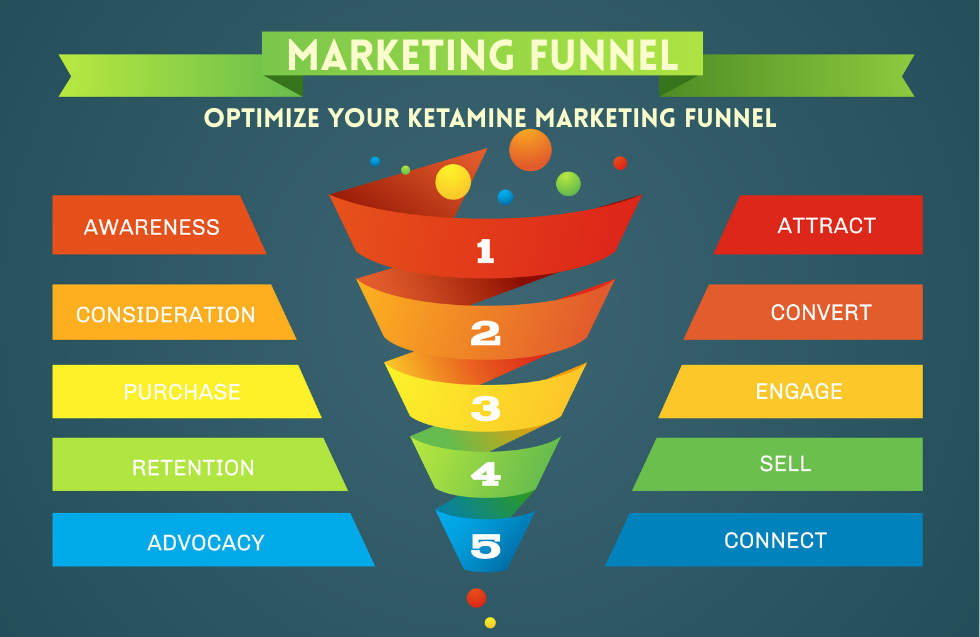The Chemical Trading Business
The chemical trading industry is crucial to bridge the gap between chemical manufacturers and industries that are dependent on them for manufacturing, research and operations. Pharmaceuticals to agriculture, textiles to building industries, the use of chemical reagents and raw materials is dependent on all industries.
As the chemical market is expected to grow consistently driven by increasing demand within developed and emerging markets, business owners are perceiving immense scope in creating a chemical distribution company.
But initiating this business is not simply selling and purchasing chemicals. It requires extensive preparation, unwavering focus to adherence to safety protocols, good supplier relationships and a flexible delivery network.
In this article, we will take you through each vital step for establishing and expanding a lucrative chemical trading company.
Understanding the Scope of the Chemical Trading Business
Market Demand and Industry Growth
The International Chemical Distribution Industry is expected to grow in the coming years, driven by demand from industries like pharmaceuticals, agrochemicals, personal care and food processors. As industries grow, demand for reliable suppliers that can source chemicals safely, cost effectively and on time desires as well.
Different Kinds of Chemicals in Distribution
At the outset, it would be wise to consider what type of chemicals you would like to trade in:
- Laboratory reagents (for schools, research institutions and labs)
- Industrial chemicals (for heavy industrial and manufacturing uses)
- Agrochemicals (for soil treatments, pesticides and fertilizers)
- Specialty chemicals (for cosmetics, paint and food industry uses)
Selecting the appropriate category is based on your experience, investment level and demand in your area of market.
Step 1: Performing Market Research
Market research is the pillar upon which the success of any chemical trading enterprise is built.
Determining Target Market and Industries
Start by identifying the sectors with the most demand in your locality. For example, if you live in an agricultural region, the agricultural chemical market is a great opportunity.
Examining Competitors and Pricing Trends
- Study both local and global competitors.
- What are their prices?
- How fast do they deliver?
- How do they treat their customers?
These details will help you design a business model that’s not just competitive but also attractive to clients. This will be valuable in developing a viable business model that has competitive potential.
Step 2: Compliance with the Legal and Regulatory Requirements
Chemicals are sensitive products that governments around the world regulate at every point of the supply chain storage, sale and the transport.
- Business Registration and Licenses
You will need to:
- Register your company (LLC, Pvt Ltd or Partnership).
- Get a trade license.
- Obtain permits for trading in controlled chemicals (if necessary).
- Safety, Storage and Environmental Regulations
You may need to obtain sanctions from pollution control boards and environmental departments based on your location. Chemical labeling, safety data sheets (SDS) and international compliance such as REACH (Europe) or OSHA (U.S.) may be required as well.
Step 3: Partnership of Suppliers and Manufacturers
The reputation of your business rests on the shoulders of your suppliers. A reliable supplier means on-time deliveries and happy clients. A wrong one could cost you contracts and trust overnight.
- Choosing Reputable Chemical Suppliers
Seek out manufacturers with:
- Established history of quality and compliance
- Systems for on-time delivery
- Capability for offering bulk discounts
- Contracts and Credit Terms Negotiation
Long-term agreements with suppliers ensure stability in rates. Searching for and negotiating credit terms also helps manage cash flow especially when starting.
Step 4: Establishing the infrastructure and logistics
- Warehousing and the Storage Facilities
You’ll need safe warehouses with climate control, proper ventilation and safety equipment. Segregated areas for flammable and hazardous chemicals are a must.
- Transport and Delivery Systems
If you have the capital to invest in vehicles that may be specifically used for transporting chemicals or you may collaborate with third-party logistics companies with experience transporting hazardous materials.
Step 5: Digital Transformation in Chemical Trading Business
Digital technologies can significantly enhance efficiency.
- Creating an Online Presence and E-commerce Store
Today’s buyers value convenience. Having a site with product catalog, safety certifications and web-based ordering systems can enhance credibility.
- Utilizing ERP and Inventory Management Tools
Software programs like SAP, Zoho or Odoo can easily track inventory levels, customer sales orders and delivery dates.
Step 6. Market and Brand Your Chemical Trading Company
- Traditional B2B Marketing Techniques
- Networking in industrial expos and trade fairs.
- Participating in chemical associations and chambers of commerce.
- Discounts for bulk purchase and repeat orders.
- Digital Marketing
- Build a website that’s optimized for search engines, so when someone types “chemical suppliers near me”, your business shows up first.
- Pair it with LinkedIn outreach and trade fair networking for maximum visibility.
- Paid advertisements focusing on particular industries such as pharma, agriculture or manufacturing.
Obstacles in the Chemical Trading Industry
- Intense Competition and Price Sensitivity
As chemicals are commodities, prices can kill or make a deal. You have to manage price competitiveness against profitability.
- Regulatory Developments and Sustainability Issues
With climate change awareness and concern continuing to grow there will be tighter regulations on your industry, so shifting towards green and sustainable chemicals will help you to get ahead of your competition.
Prospects of Chemical Distribution
- Maturity Across Sectors
There is increasing chemical demand worldwide across the agricultural and industrial and pharmaceutical sectors.
- Green Chemistry and Sustainable Products
Sustainable and bio-based chemicals as a practice are not a fad or trend; they are a necessary part of the environmentally conscious economy we swim in today.
Cost and Investment to Initiate
- Start-Up Costs and Operating Costs
- Licensing and permits: $5,000 – $10,000 (dependent on Country)
- Warehousing fit-out: $20,000 – $50,000
- Initial chemicals stock: $30,000 – $100,000
- Marketing and branding: $5,000+
- Profit Margins and ROI Expectations
The majority of chemical traders view profit margins to be 10-25% based on the nature of the chemical. With consistent demand, ROI can be realized in 2–3 years.
FAQs for Initiating a Chemical Trading Business
Q1. Is the chemical trading business profitable?
Yes. With increasing demand across industries, profit margins of 10–25% can be realized.
Q2. Do I require a license to initiate a chemical distribution company?
Yes, adequate business registration, trade licenses and environmental approvals are necessary.
Q3. How much capital is required to begin?
Generally between $50,000 – $150,000 based on size and location.
Q4. Which chemicals should I begin with?
Start with lab or factory chemicals that experience steady demand locally.
Q5. How do I bring in clients in the chemical trade business?
By networking B2B, trade shows, online marketing and upholding a reputation for consistent supply.
Q6. Which risks should I be prepared for?
Regulatory updates, cost adjustments, storage issues and competition.
Conclusion: Establishing a Lucrative Chemical Trading Enterprise
Entrepreneurship in chemical trade does not just call for investment. This requires compliance with safety laws, developing strong suppliers, customers, infrastructure investment and digital tools to drive productivity. There’s a lot of competition in the industry, but there are also plenty of opportunities-especially with increasing demand for specialty and green chemicals. By leveraging market research, government regulations and compliance, partnership policies and other online marketing work, you can build a lucrative sustainable chemicals reagents and distribution business.
If you are serious about entering this industry, keep it small and focus on quality and compliance then slowly build your distribution. The reward system in the chemical industry favors dependable, transparent and optimistic corporations.













